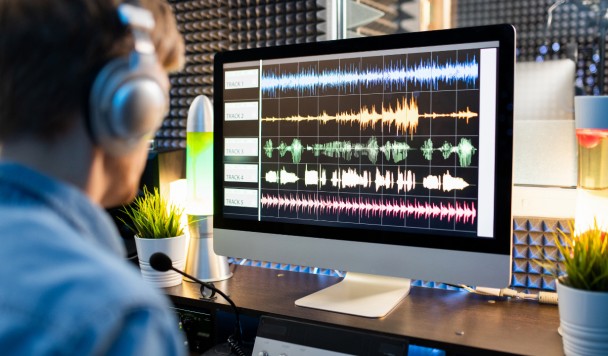
The world of decentralized exchanges is still undergoing a maturation process, but one thing remains constant: the demand for liquidity providers. The market is rapidly growing, and new entrants are constantly experimenting with different ways to make it bigger, better, and more profitable.
A key component of a successful DeFi network is an automated market maker (AMM). This is a protocol that enables anyone to create their own markets by pricing assets on smart contracts instead of using a centralized order book.
There are several different kinds of AMM protocols, with some specialized for certain types of asset pairs and others that allow for more flexible trading of multiple assets in any ratio. The most important factor when deciding on an AMM is its size, which should be large enough to support high volume and provide low-cost execution.
Some Market Making DeFi projects compensate market makers with governance tokens for their work, while others pay them in other forms, such as fees. Regardless of the form a DeFi market maker takes, their primary goal is to earn passive income from the platform’s trading volumes.
Liquidity is a vital ingredient in the success of any DeFi platform, and the AMM protocol has been a crucial part of democratizing liquidity provision. However, there are some limitations to the AMM model that need to be addressed in order for it to more closely align with the ethos of DeFi.
The first is that a market maker needs to have some level of predictive ability in order to be profitable. This is a common reason why unsophisticated market makers can’t be profitable in traditional financial markets, but it is also why AMMs are able to democratize this aspect of the DeFi ecosystem.
Second, a market maker must have an efficient mechanism for generating income from the difference in bid and ask spreads. This is especially true in decentralized finance, where assets like cryptocurrencies have relatively small bid and ask spreads.
Lastly, a market maker must have a mechanism for arbitrage across different exchanges. This is a critical feature because most cryptocurrencies on DEXs don’t have the same high liquidity levels as assets on traditional markets, so arbitrage opportunities are available for longer periods of time.
Having the ability to generate a profit from the difference in bid and ask spreads is essential for an AMM to be successful, and this is where the key element of AMM technology comes in. AMMs can achieve this by proactively closing the gap between bid and ask, which makes it easier for traders to purchase or sell.
















